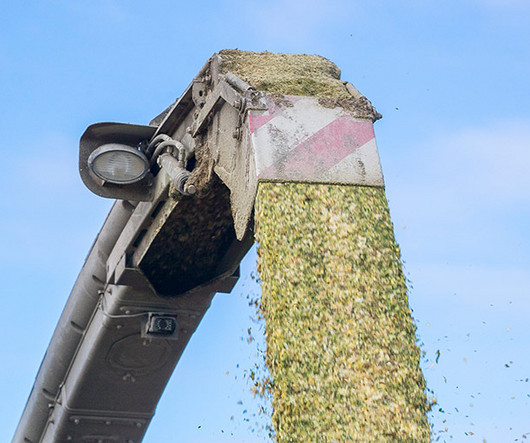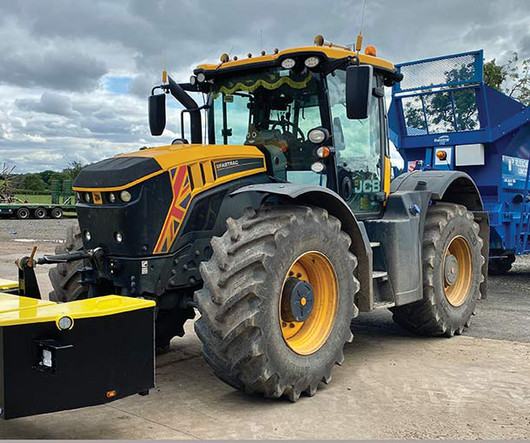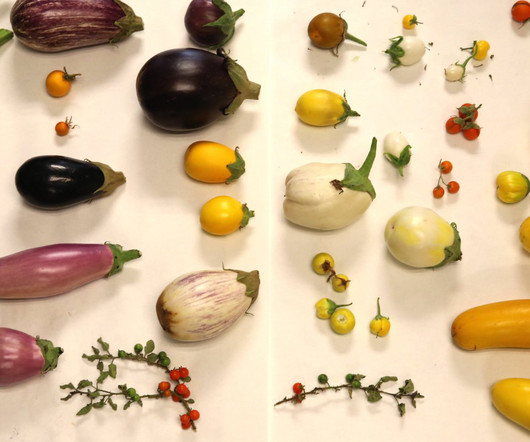Maize harvest begins with yields off to a promising start
Farmers Weekly
SEPTEMBER 22, 2023
Farmers Weekly As foragers start chopping maize crops across the South and East, reports are that yields are very good, ranging between 43 and 48t/ha. Excellent growth throughout the summer was due to July and August rainfall, according to Grainseed manager Neil Groom.













Let's personalize your content